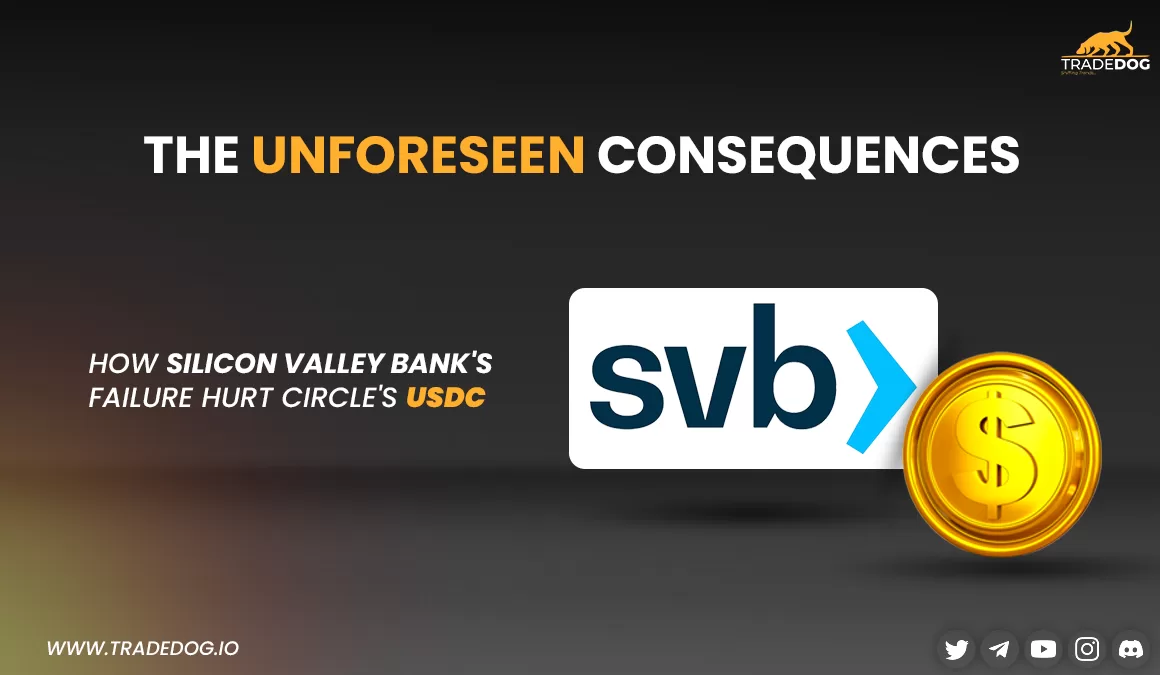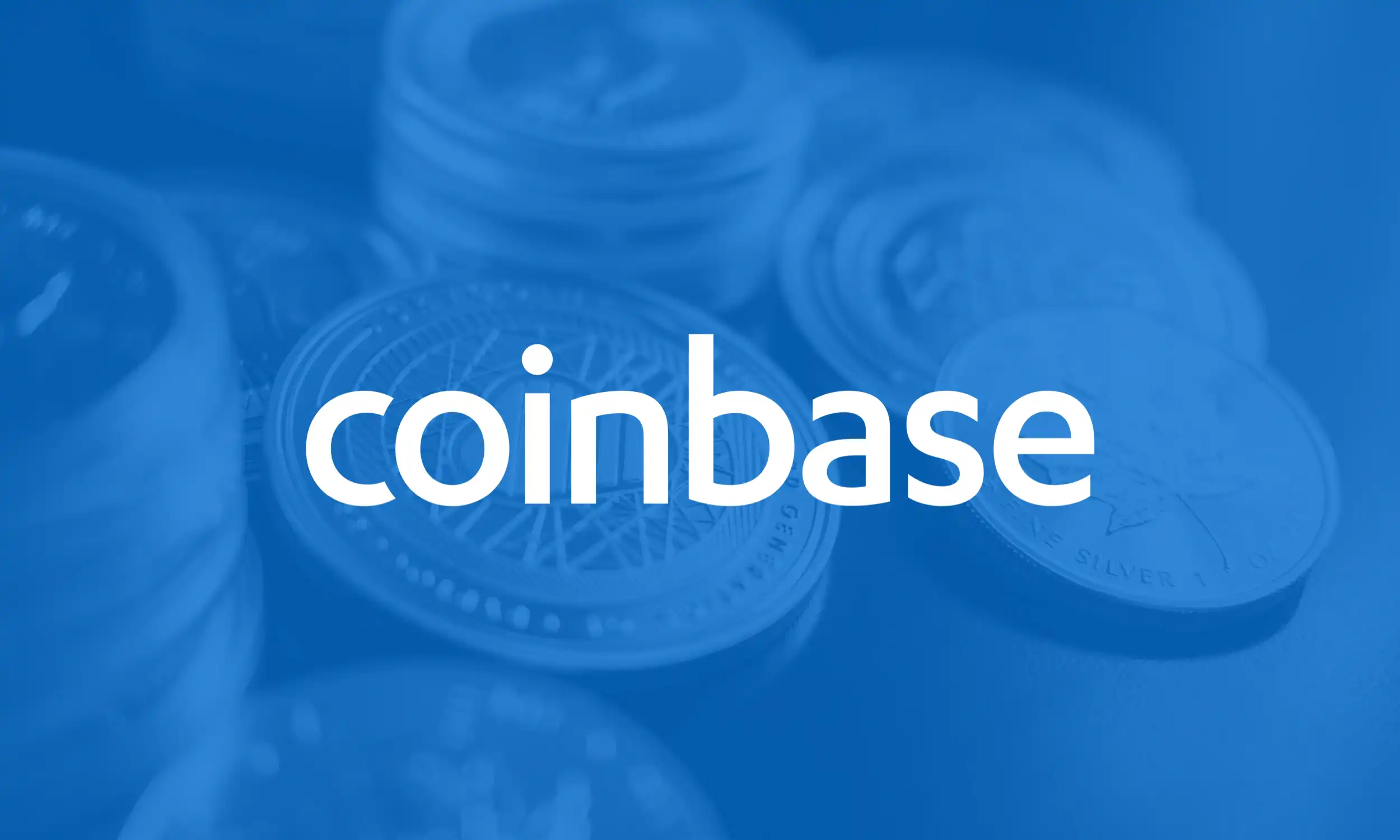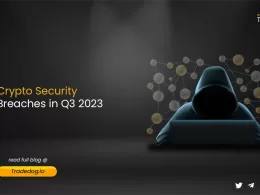Quick Links
The Silicon Valley Bank (SVB) bank run significantly hit the startups and the crypto ecosystem. The bank had $200 Bn+ in its asset and was shut down last week by the U.S. regulators due to poor risk management of collaterals (treasury bonds). Last Wednesday, the bank sold $21 Bn worth of its bonds portfolio and reported $1.8 Bn in losses. The crisis is considered the second-largest bank failure in the history of the U.S. since the 2008 crisis.
Noting that SBV was a significant option to 65K+ startups, who had deposited their funds with the bank and used its banking facilities, the news spread as wildfire among the lenders and investors, prompting them to withdraw their funds. This led to a catastrophic situation for the bank, and the startups are facing the major.
What is Silicon Valley Bank and how is it related to the crypto Industry
In 2020, the IT sector thrived despite the global quarantines and lockdowns. Most of the time was spent in front of computers or working remotely. Tech firms made a lot of hires, and many startups secured finance. With customer deposits totaling $60 Bn after the first quarter of that year, Silicon Valley Bank had a total of about $200 Bn in customer deposits by the end of the first quarter of 2022.
Silicon Valley Bank has been closely related to the tech and the VC industry as both used its services for banking-related activities. Just to know what SVB is and how big its presence is, its website quotes:
“We bank nearly half of all US venture-backed startups, and 44% of the US venture-backed technology and healthcare companies that went public in 2022 are SVB clients.”
The bank also outlines a close relationship with the crypto industry. Circle, one of the biggest stablecoin issuers, had deposited a huge chunk of their reserves with the Silicon Valley Bank.
How it impacted Circle, the issuer of USDC
Soon after the news of the SVB crash came out, Circle, the issuer of USDC, announced in a tweet that it had deposited $3.3 Bn of its $40 Bn USDC reserves with SVB.
Soon after the news of the SVB crash came out to the public eye, there was a huge FUD among the trading markets. Following the tension in the markets, the second-largest stablecoin plummeted from its $1 peg to trading at the low of $0.82, causing a panic selling among traders and arbitrageurs around the globe. Stablecoins like DAI & Pax Dollar also plummeted from their peg due to widespread nervousness.
In a tweet, Circle’s Chief Strategy Officer Dante Disparte called Silicon Valley Bank’s bankruptcy a “black swan catastrophe” in the US financial system and warned that there would be “broader ramifications for business, banking, and entrepreneurs” in the absence of a federal rescue plan.
USDC cash reserves stuck at SVB
Silicon Valley Bank is one of 6 banks used by Circle to keep its reserves that back USDC, the world’s second-largest stablecoin. Out of the total $40 Bn reserves, around $3.3 Bn has been stuck at the SVB as deposits. This amounts to approximately 8% of the reserves baking the stablecoin.
Following the news, many investors have rushed to convert their USDC holdings into other stables, resulting in a spike in the gas fee on the Ethereum network that facilitates the transfer. Alongside, many Dapps that use USDC as a pair to their native currency have faced serious repercussions due to the depegging of the coin.
What’s upcoming for Circle?
During the de-peg of USDC, holders were concerned that Circle’s capacity to fulfill redemption requests might be seriously compromised. Due to the quick exodus of USDC holders, CEX deposits reached an all-time high, and DeFi faced a liquidity crisis.
Coinbase Global Inc., a US-based cryptocurrency exchange, announced that it would “temporarily pause” the conversion of USDC into US dollars over the weekend and resume it on Monday when banks open as the selloff in USDC got worse.
However, the US govt. and the financial regulators have come out in support of the depositors of SVB by taking crucial steps to mitigate the risk of traditional banking failures. The CEO also mentioned in a tweet that 100% of the deposits held with SVB are secured and would be available to access on Monday. The company has already put up the article that states that the “Reserve Risk” of $3.3 Bn has been removed, and the funds are safe.











